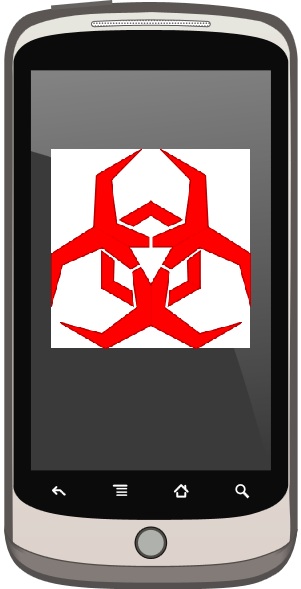Mobile Commerce Technology includes Biometric Multi-factor Authentication
Shelton, CT– – NXT-ID, Inc., (OTCQB: NXTD) a biometrics company focused on the growing mobile commerce market, announced today that it has submitted a patent application for its unique digital wallet technology. As a follow up to U.S. provisional patent application No. 61/710,826, NXT-ID has filed patent application 14/049175 for a:
METHOD FOR REPLACING TRADITIONAL PAYMENT AND IDENTITY MANAGEMENT SYSTEMS AND COMPONENTS TO PROVIDE ADDITIONAL SECURITY AND A DEVICE IMPLEMENTING SAID METHOD.
This patent forms the basis for NXT-ID’s widely anticipated next generation payment and identity product – the Wocket™.
“Rather than attempting to replace the wallet, as companies such as Google and Isis (founded by AT&T Mobility, T-Mobile USA and Verizon Wireless) are doing by putting contactless payment capability on smartphones, our method brings the wallet into the 21st century,” said Gino Pereira, CEO of NXT-ID, Inc.
“We offer an alternative solution to those who do not wish to give up their wallet and market studies show that represents a significant portion of the population. We offer the modern wallet an electronic vault that is actually part of the wallet, securely protecting private information accessible only by the user via biometric enabled multi-factor authentication. What is unique about this invention is that it secures private information found within a typical wallet, such as credit cards, debit cards, identification information, medical information and records and makes this private information available to owners via an interface made so simple that anyone can use it as they would use their wallet today.”
The Wocket™ requires unique biometrically enabled multi-factor authentication to ensure only owners and their private information can be copied into or out from the secure vault wallet device and on to the dynamically programmable magnetic stripe NXTCard. Authenticated users may then select payment information, via touch display or voice command and use the NXTCard as they would any other magnetic stripe credit or debit card.
There is an added advantage in that the NXTCard replaces multiple cards that are currently kept in the wallet with a single secure card.
“This patent is the first of many we plan to submit regarding our wearable identity technologies that bring full control and protection of private data to authenticated owners of the data,” said David Tunnell CTO of NXT-ID. “In the coming months, we plan to increase our portfolio of intellectual property with other patents that further promote protection of private data with innovative, easy to use mobile and wearable technologies that conform to how users naturally use devices today.”
About NXT- ID Inc. – Mobile Security for a Mobile World:
NXT-ID Inc.’s (OTCQB: NXTD) innovative MobileBio™ solution mitigates consumer risks associated with mobile computing, m-commerce and smart OS-enabled devices. The company is focused on the growing m-commerce market, launching its innovative MobileBio™ suite of biometric solutions that secure consumers’ mobile platforms. NXT-ID’s wholly owned subsidiary, 3D-ID LLC, is engaged in biometric identification has 22 licensed patents in the field of 3D facial recognition http://www.nxt-id.com/, http://3d-id.net/
Forward-Looking Statements for NXT-ID:
This press release contains forward-looking statements within the meaning of the Private Securities Litigation Reform Act of 1995. Forward-looking statements reflect management’s current expectations, as of the date of this press release, and involve certain risks and uncertainties. Forward-looking statements include statements herein with respect to the successful execution of the Company’s business strategy. The Company’s actual results could differ materially from those anticipated in these forward-looking statements as a result of various factors. Such risks and uncertainties include, among other things, our ability to establish and maintain the proprietary nature of our technology through the patent process, as well as our ability to possibly license from others patents and patent applications necessary to develop products; the availability of financing; the Company’s ability to implement its long range business plan for various applications of its technology; the Company’s ability to enter into agreements with any necessary marketing and/or distribution partners; the impact of competition, the obtaining and maintenance of any necessary regulatory clearances applicable to applications of the Company’s technology; and management of growth and other risks and uncertainties that may be detailed from time to time in the Company’s reports filed with the Securities and Exchange Commission.
Contact:
Corporate info:
Investor Inquiries:
Kirin Smith
ProActive Capital Group
Direct: 646 863 6519

 Although cyber criminals had initially transferred their focus from PCs to mobile devices for consumers, they are starting to concentrate on the enterprise space to a growing degree. By the end of this year, it is expected that there will be one million types of mobile malware that will be thriving by the end of 2013.
Although cyber criminals had initially transferred their focus from PCs to mobile devices for consumers, they are starting to concentrate on the enterprise space to a growing degree. By the end of this year, it is expected that there will be one million types of mobile malware that will be thriving by the end of 2013.